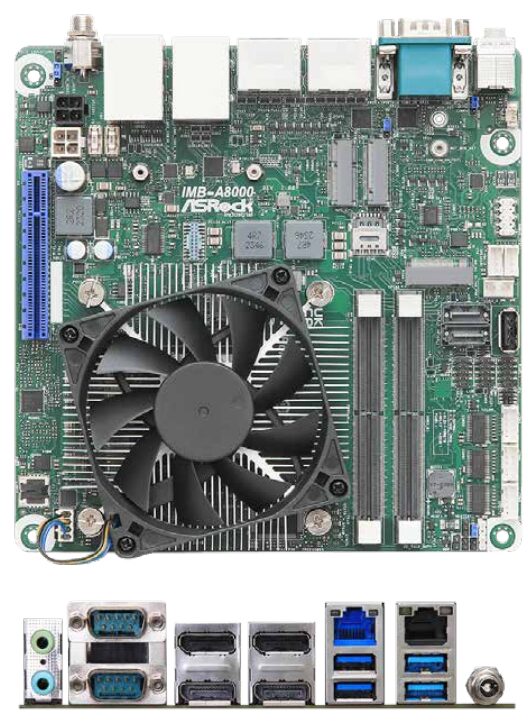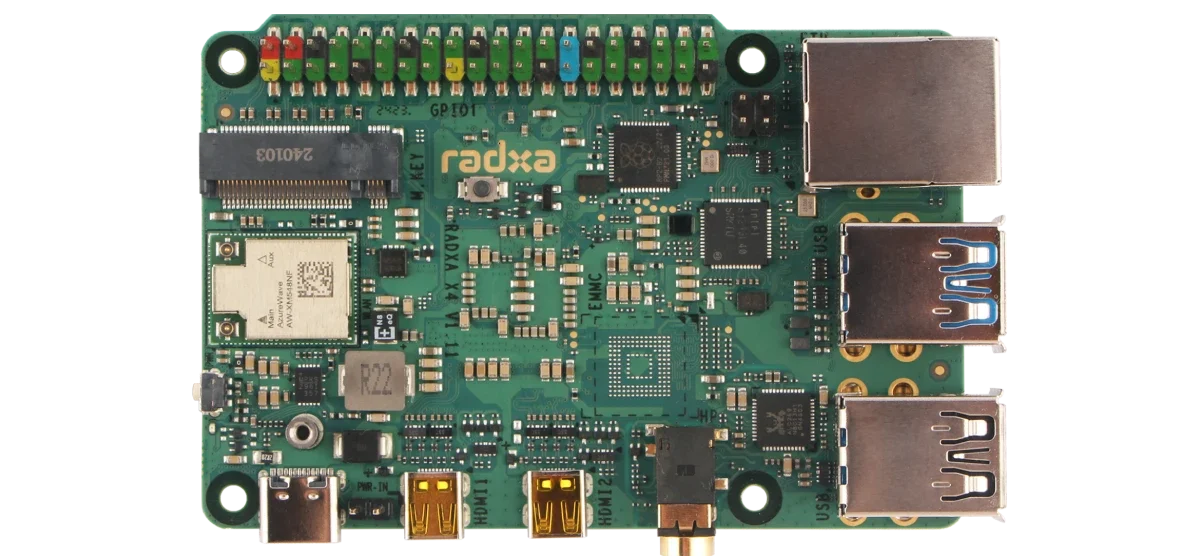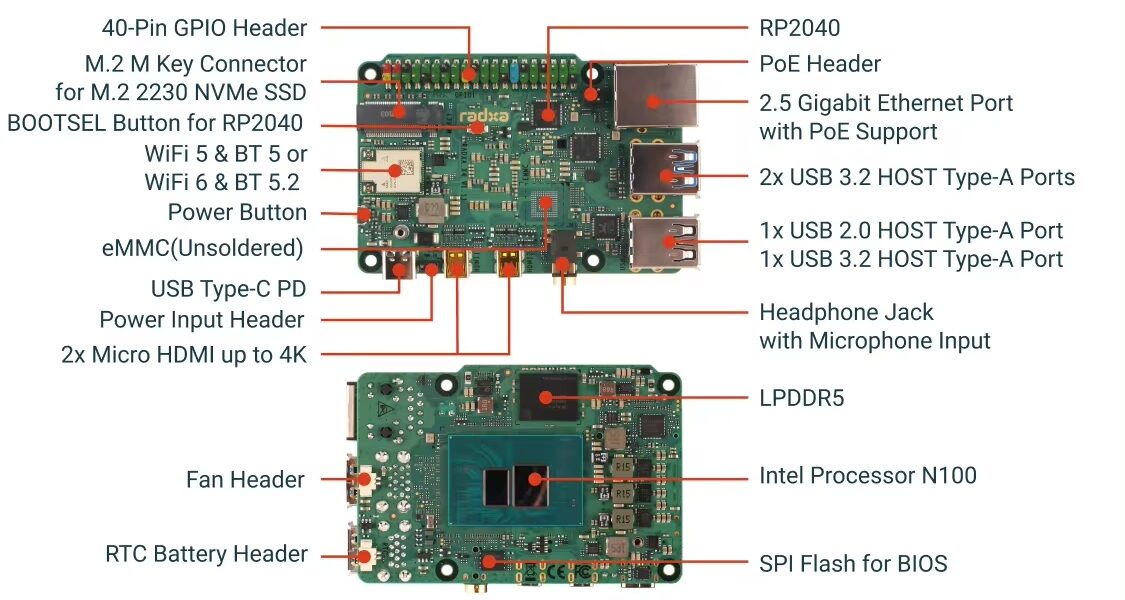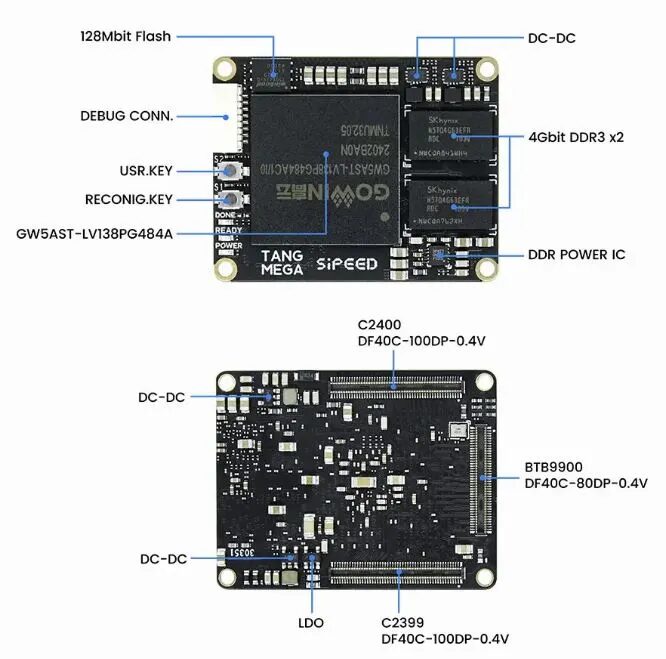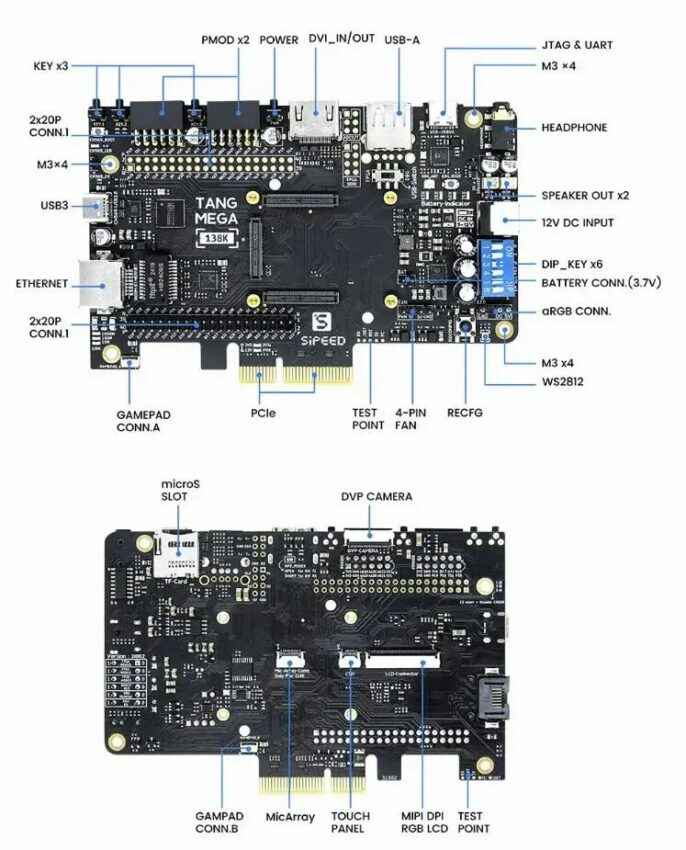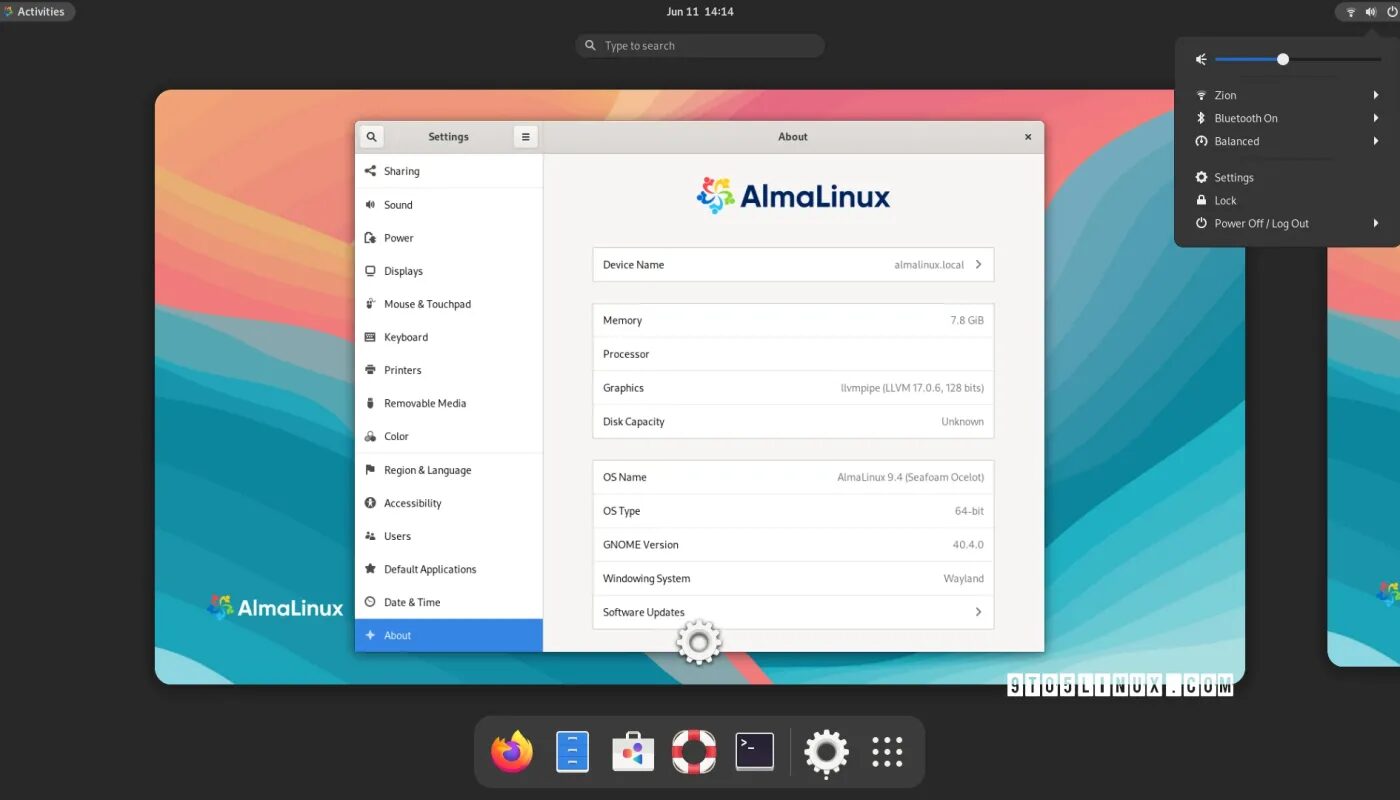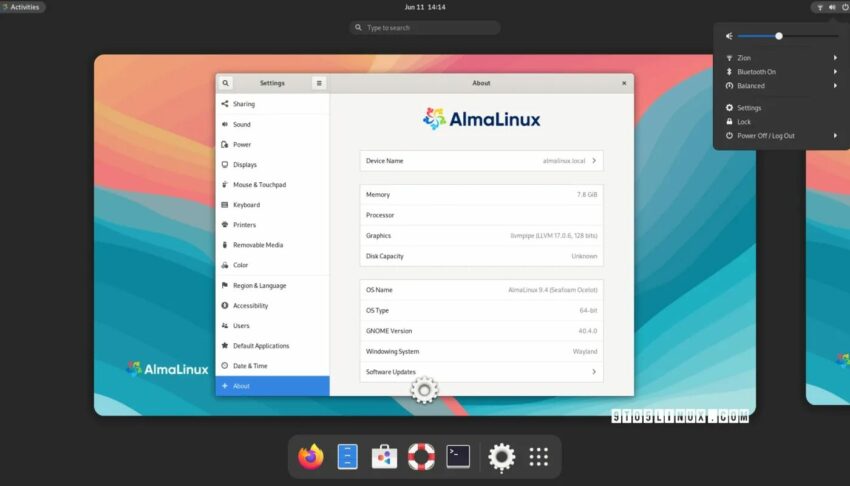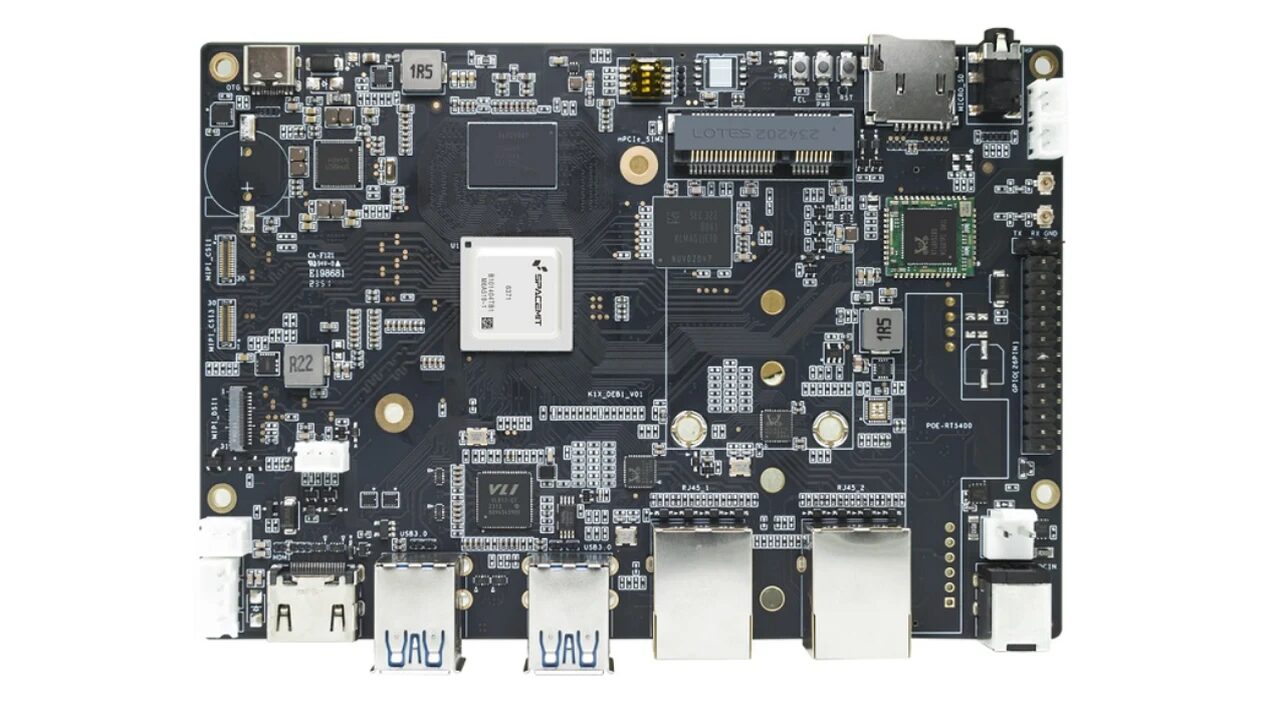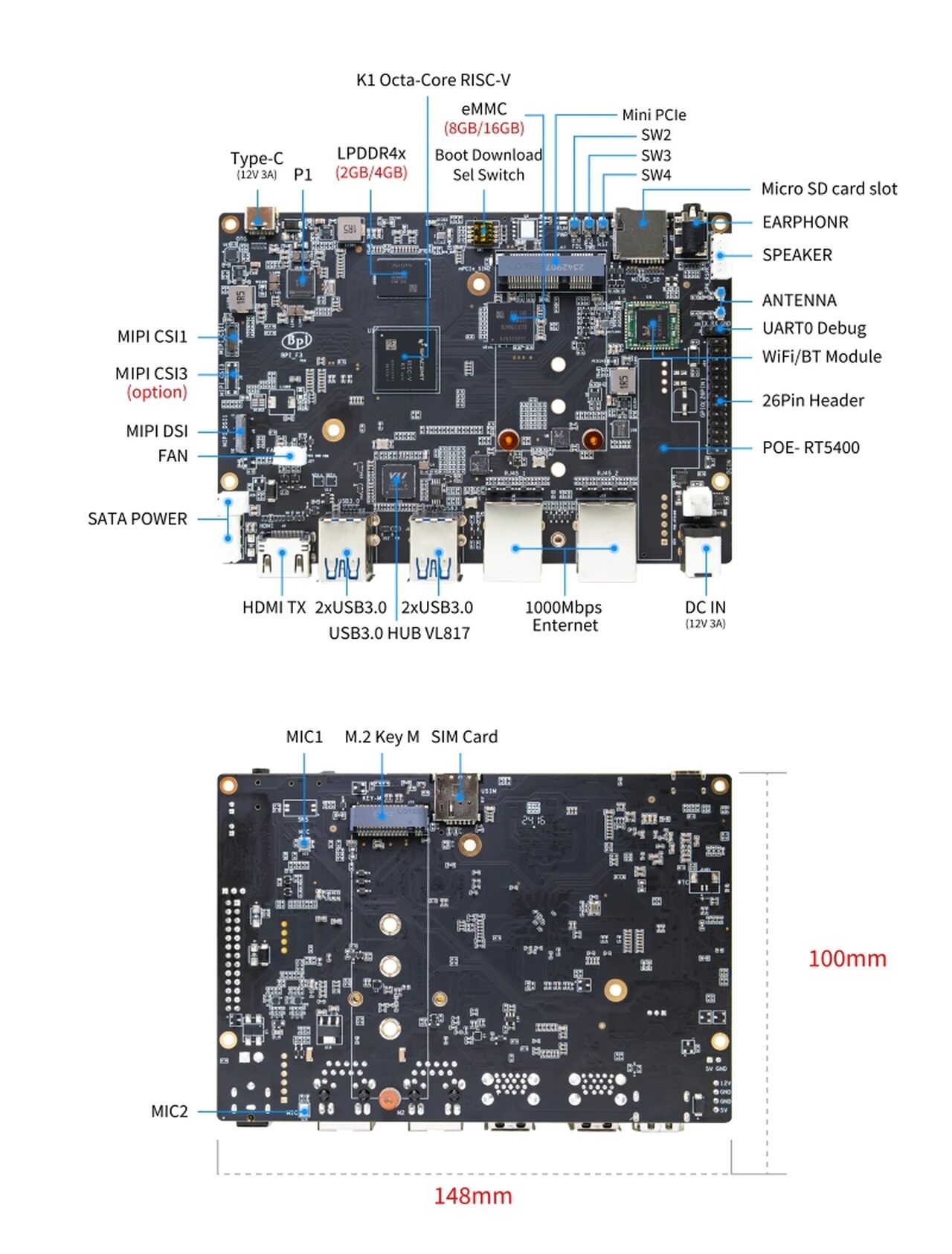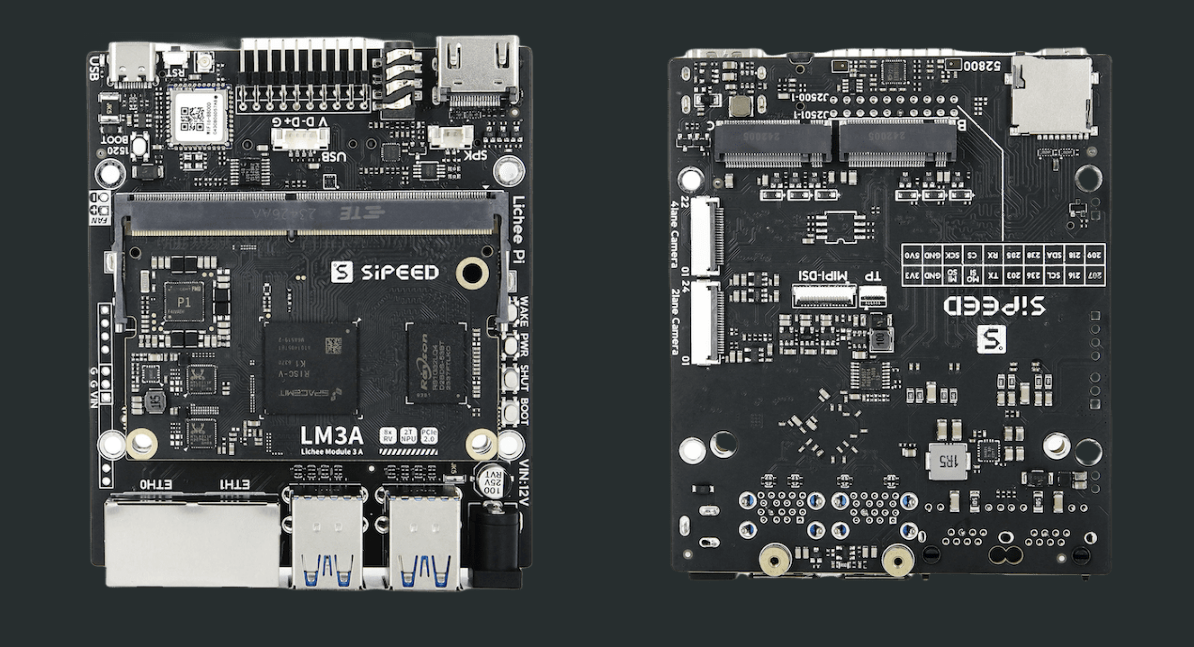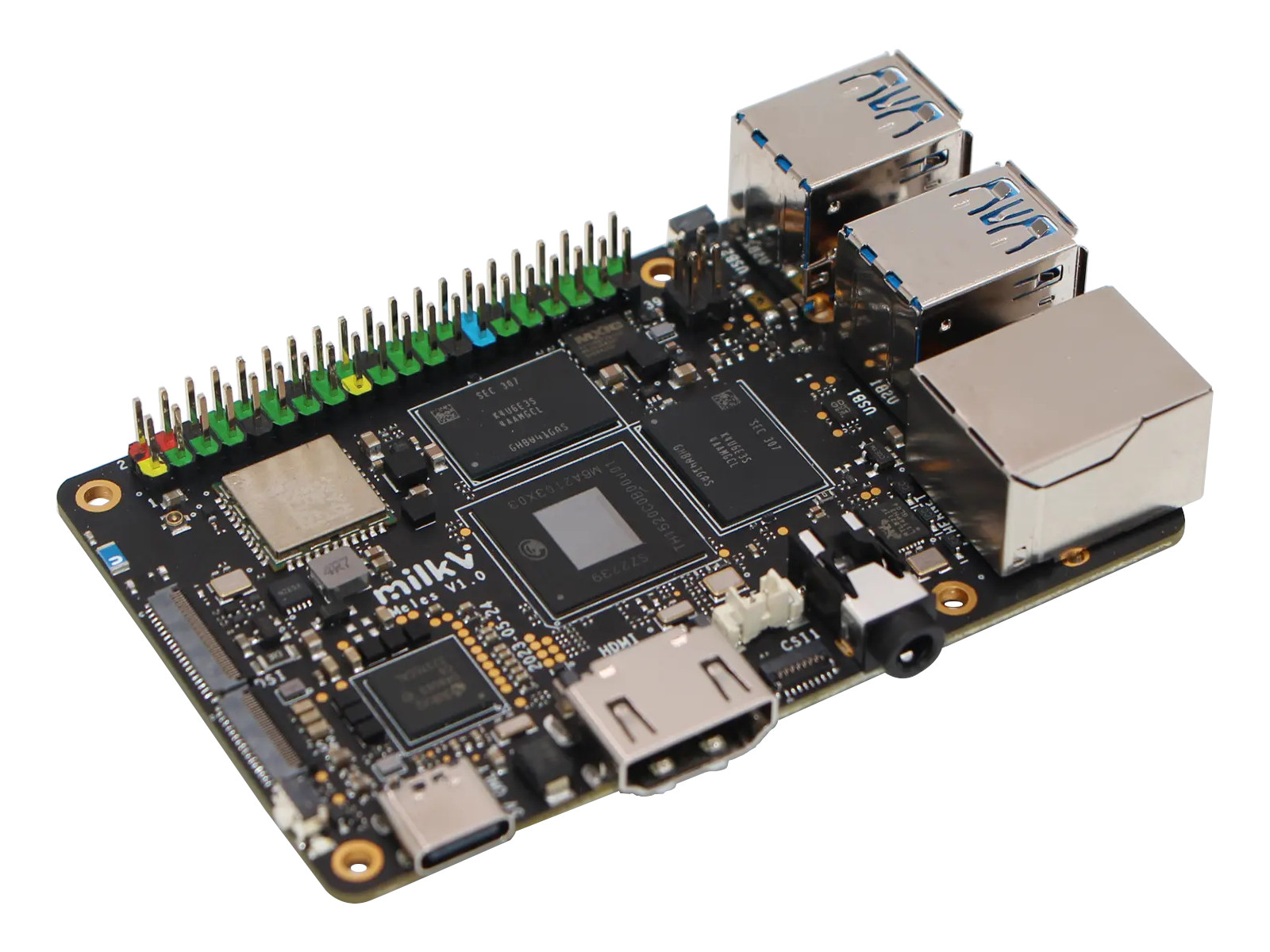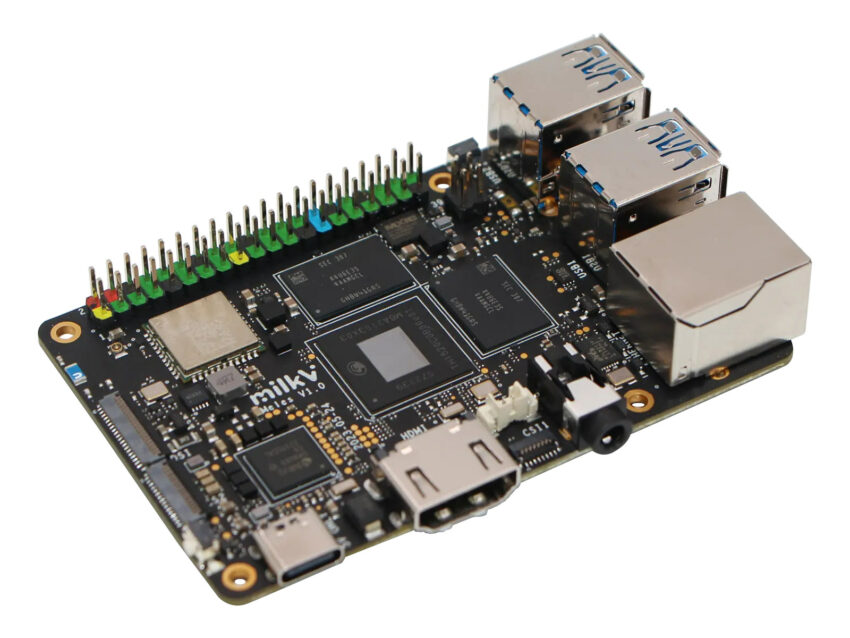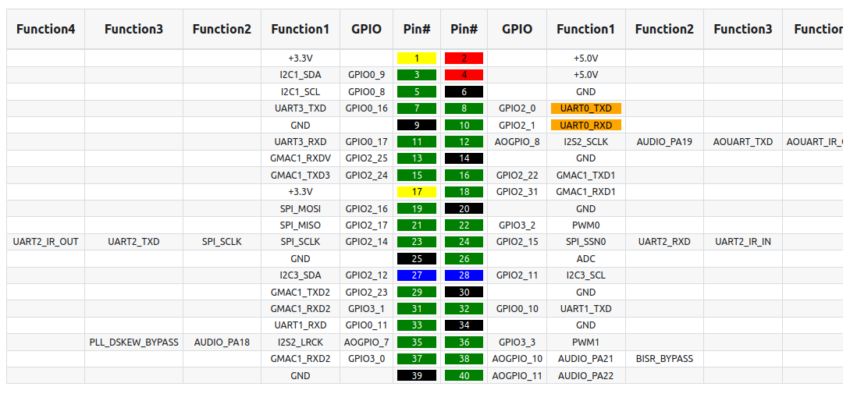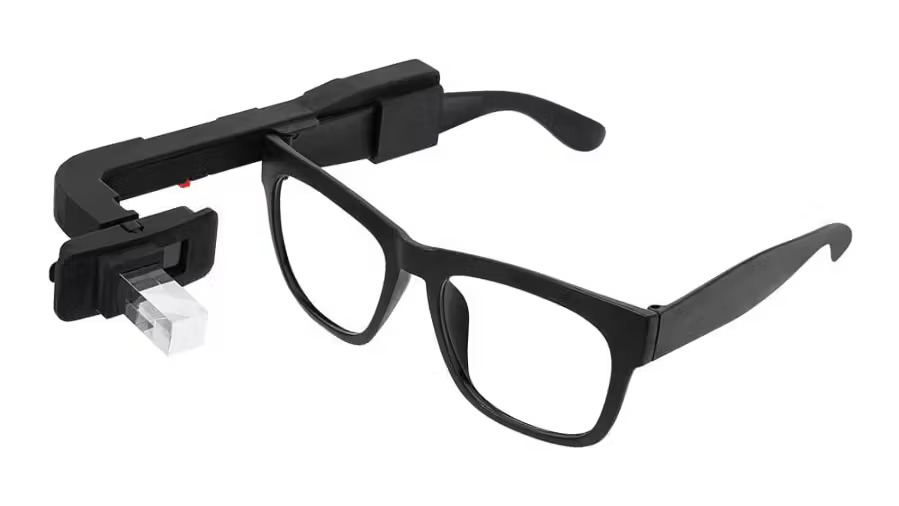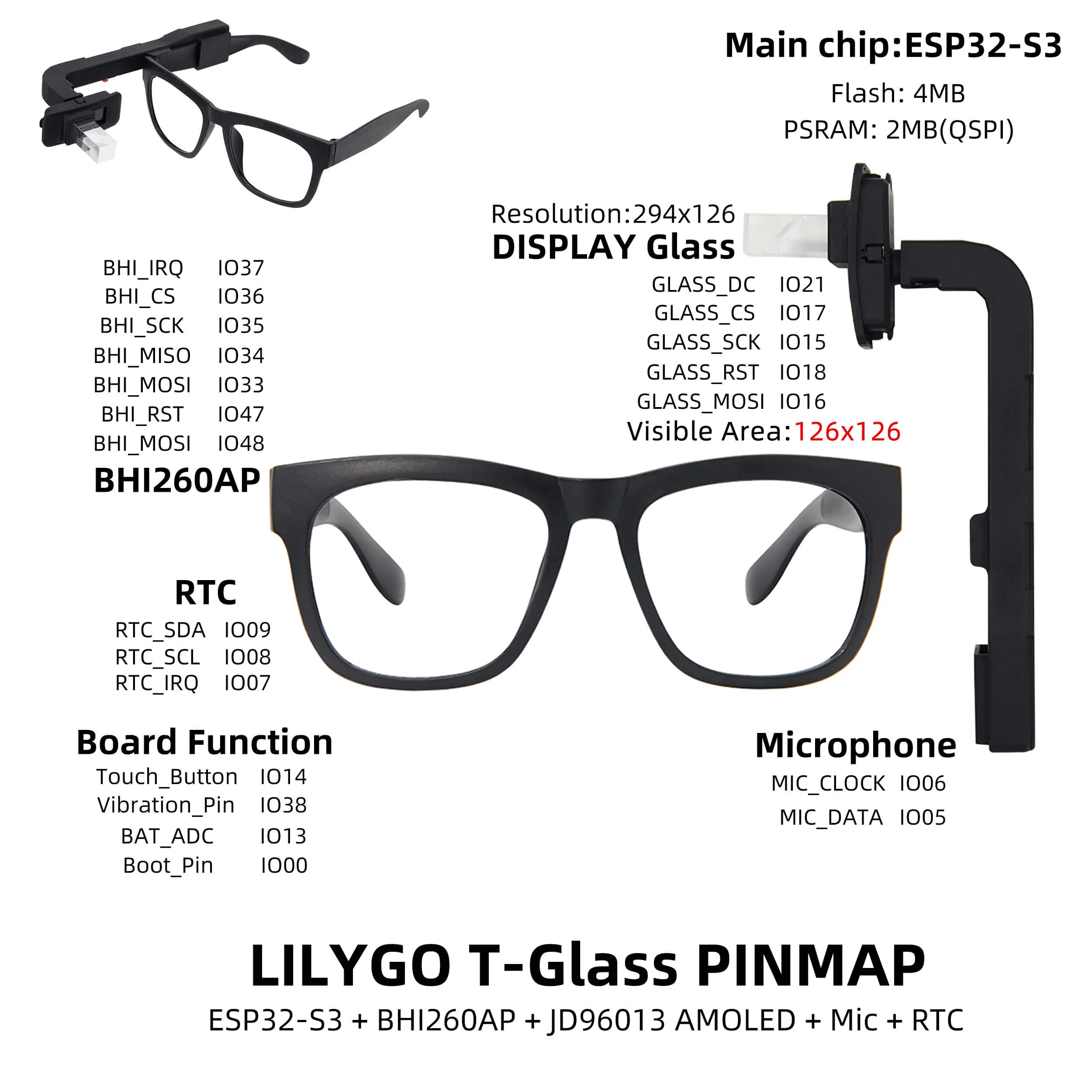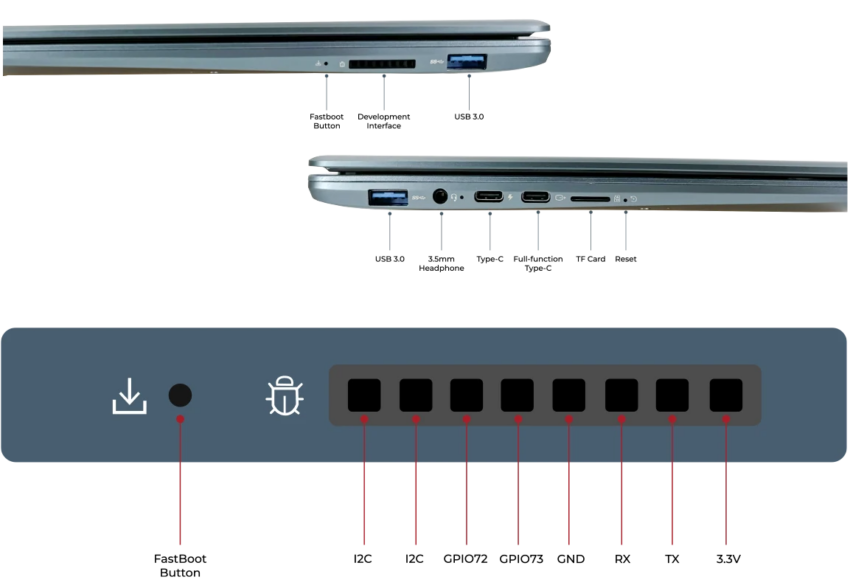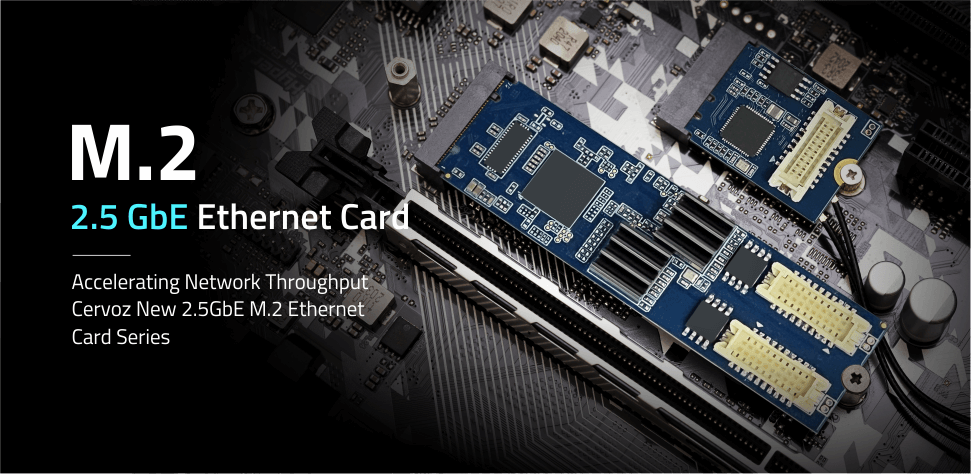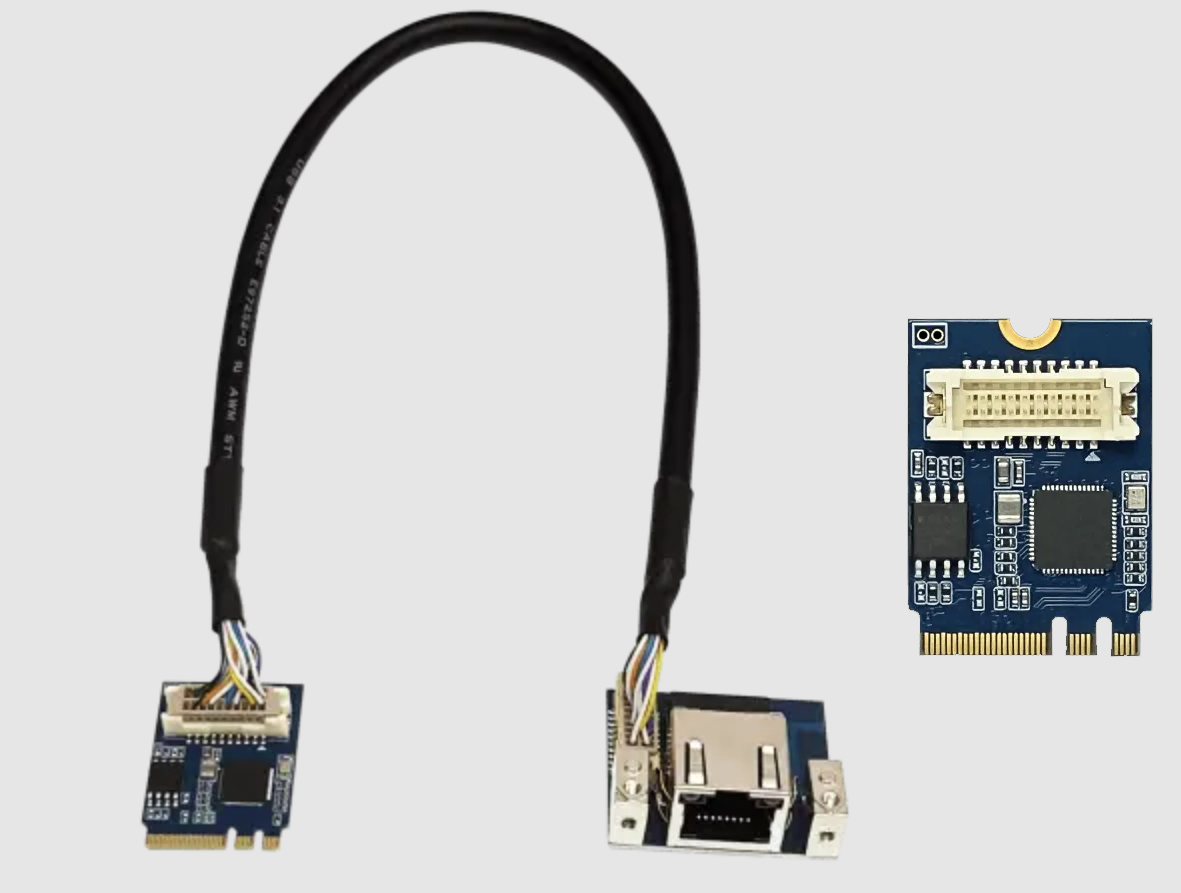Earlier this month, ASRock Industrial launched the IMB-A8000 Mini-ITX motherboard, intended for embedded and industrial computing uses. It uses the AMD Ryzen Embedded 8000 series APU, which offers a platform fit for several uses. This motherboard addresses the needs of environments that require reliable performance and efficient power management. Because of its small mini-ITX form factor and flexible integration with several systems can be used in various sectors.
Specifications and Features
With this new IMB-A8000 Mini-ITX motherboard, ASRock Industrial allows equipment of variations with the AMD Ryzen Embedded 8000 Series APU having up to 8 cores / 16 threads. It comes with a 4nm processor, which gives us a higher transistor density than a 5nm processor, enhancing performance and power efficiency. The Mini-ITX of the board with 17cm x 17cm x 4.1cm only intrigues a commentary on its performance density, The processors have four different variants designed to address numerous applications.
The IMB-A8000P provides high-performance parallel processing with 8 cores, 16 threads, and a base clock of 3.8GHz, while the IMB-A8000S option is ideal for higher single-thread performance with 6 cores, 12 threads, and a 4.3GHz base clock, both operating at a TDP of 35-54W. The IMB-A8000M and IMB-A8000V, featuring 8 and 6 cores respectively, with base clocks of 3.3GHz and 3.5GHz, are designed for power-efficient computing at a TDP of 15-30W, making them suitable for embedded systems and compact devices.
Features
- AMD Ryzen™ Embedded 8000 Series processors
- 2 x 262-pin SO-DIMM DDR5 5600 MHz, up to 96GB (48GB per DIMM)
- 1 x PCIe x8 (Gen4), 4 x USB 3.2 Gen2, 4 x USB 2.0, 1 x M.2 Key B, 1 x M.2 Key M, 1 x M.2 Key E, 5 x COM, 2 x SATA3
- 1 x Realtek Gigabit LAN, 1 x Realtek 2.5 Gigabit LAN
- Supports Quad display, 4 x DP 1.4a
- 12~28V DC-In (Lockable DC Jack)
The IMB-A8000 Mini-ITX motherboard features the AMD RDNA 3 graphic controller, which is the first gaming GPU to use a chipset design. AMD RDNA 3 includes a 5nm Graphic Die with 96 compute units and six 6nm Memory Cache Dies with 16 MB of second-generation AMD-Infinite cache each. Compute units in AMD RDNA 3 share resources between rendering, AI, and ray tracing, increasing efficiency and performance. AMD RDNA 3 lacks dedicated AI cores like AMD’s CDNA, instead, it has specialized instructions that give 2.7x more performance than RDNA-2. AMD RDNA 3 supports resolutions up to 4096×2160@60Hz while having multi-display connectivity through interfaces like DisplayPort 1.4a and DP++.
For this motherboard, the BIOS developed by AMI is stored in 256 Megabits SPI flash memory, with AMD FW-TPM providing cryptographic functions and secure storage for certificates, keys, and other sensitive data to protect data integrity and privacy.
Additionally, the IMB-A8000 Mini-ITX motherboard uses a Dual Channel DDR5 5600MHz technology. Meanwhile, a dual channel allows two memory modules to work simultaneously. DDR5 is the latest generation of SDRAM offering higher bandwidth and faster data access. The IMB-A8000 Mini-ITX board can support up to 96 GB of RAM and 48 GB of RAM per dual in-line memory module. Given all the above processing power and amount of memory specifications the power requirements for the board is 12-28V DC, with AT/ATX support.
The IMB-A8000 Mini-ITX motherboard operates between -20ºC to 70ºC and can be stored at -40ºC to 85ºC, with humidity levels of 5% to 90% (non-condensing), making it useful in industrial applications.
Ports and Connectors of IMB-A8000 Mini-ITX motherboard
- Rear I/O Ports:
- 4 x DisplayPort 1.4a
- 1 x 1 Gigabit LAN
- 1 x 2.5 Gigabit LAN
- 4 x USB 3.2 Gen2 data transfer up to 10 Gbps.
- 2 x Audio (Line-in, Line-out)
- COM1, COM2 (RS-232/422/485)
- Internal Connectors
- 4 x USB 2.0
- COM3, COM4, COM5 (RS-232)
- 1 x SATA PWR Output
- 1 x GPU Card PWR Input
- Expansion Slots & Storage
1 x PCIe x8 (Gen4) - 3 x M.2 Slots:1 x M.2 (Key E)
- 2 x SATA3 (6Gb/s)
- Audio & Ethernet
- Audio: Realtek ALC897 for high-definition sound.
- Ethernet: LAN1 RTL8125BG with 10/100/1000/2500 Mbps
- Ethernet: LAN2 RTL8111H with 10/100/1000 Mbps
- Power Connectors
- 4-pin wafer PWR cable/DC Jack
- and 262-pin SO-DIMM
- Other Accessories
- 1 x COM Cable
- 2 x SATA Cable
- 1 x SATA Power Cable
- 1 x I/O Shield
- 3 x SCREW M2*2, D=5
The IMB-A8000 Mini-ITX motherboard supports major operating systems like Windows and Linux, ensuring compatibility and integration into various systems. The IBM-A8000 Mini-ITX motherboard is available on the ASRock Industrial website. For more information, refer to the datasheet as well. However, there is still no information about its pricing and store.


